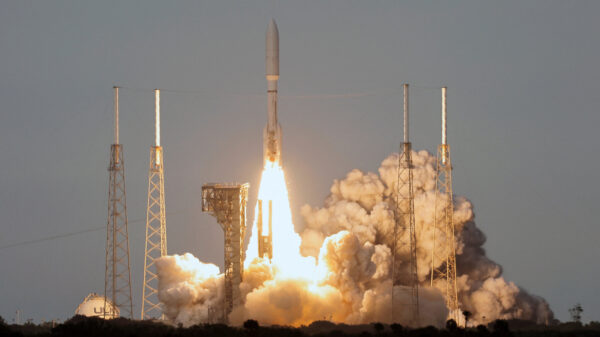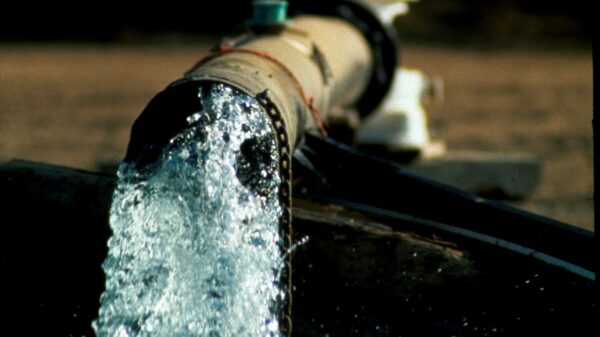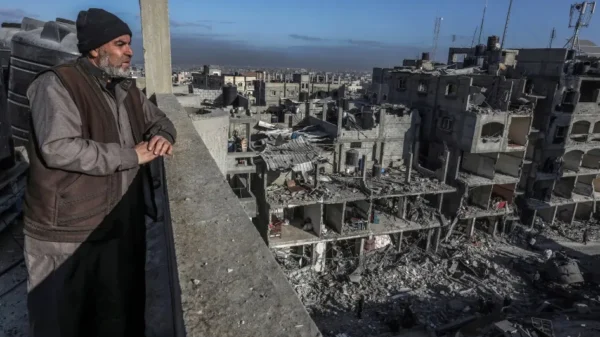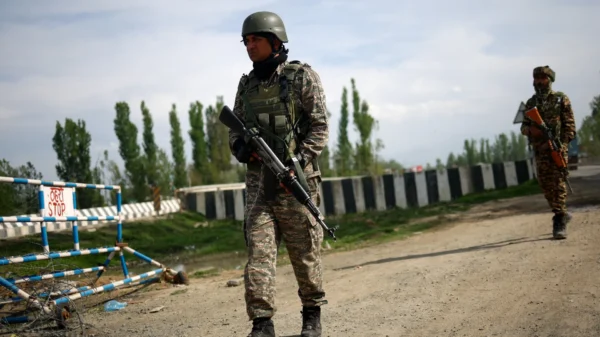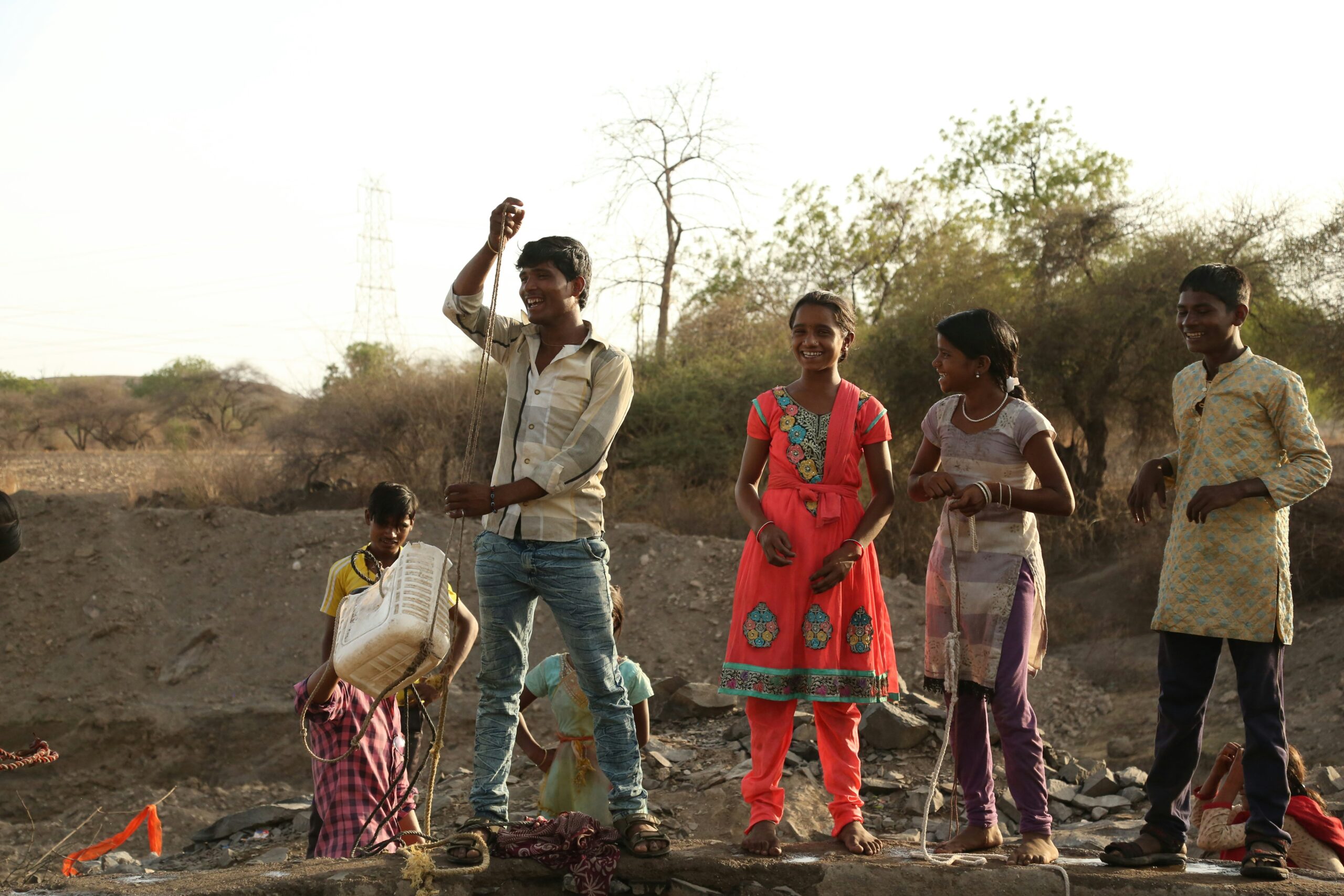Severe Water Crisis in Zimbabwe Due to El Niño
Villages across Zimbabwe are facing severe water shortages as a result of droughts induced by the El Niño weather phenomenon. The extreme drought conditions have drastically reduced water levels in rivers, dams, and wells, leaving communities struggling to access clean drinking water. This crisis has worsened the already precarious situation in Zimbabwe, where water insecurity is a chronic issue.
El Niño’s Role in Exacerbating Drought
El Niño, a climate pattern known for causing fluctuations in global weather, has had a significant impact on Zimbabwe’s rainfall patterns. Typically, the country relies on seasonal rains to replenish its water sources, but El Niño has caused prolonged dry spells, drastically reducing rainfall. This has led to lower water availability in both urban and rural areas, putting millions at risk of water scarcity.
Impact on Agriculture and Food Security
The drought conditions are not only affecting water supply but also exacerbating food insecurity in Zimbabwe. Agriculture, a key sector of the economy, has been hit hard by the lack of rain, with crops failing to grow in many regions. Rural farming communities, in particular, are struggling to sustain their livelihoods as their crops wither and livestock perish due to the lack of water. This has led to rising concerns about food shortages and hunger in the months ahead.
Villages Struggle to Access Clean Water
In many rural areas, residents are now walking long distances in search of water. Wells have dried up, and the few available water sources are overcrowded, leading to health risks as people turn to contaminated water for drinking and household use. Communities are increasingly dependent on government aid and international organizations to deliver emergency water supplies, but the scale of the crisis is overwhelming available resources.
Government and International Aid Efforts
The Zimbabwean government, along with international aid organizations, is working to address the crisis by providing emergency water deliveries and supporting communities with drought-resistant farming techniques. However, the scope of the drought means that aid is stretched thin. Humanitarian agencies have warned that without significant intervention, the water crisis could spiral into a larger humanitarian disaster, affecting not just water but health, education, and food security.
Long-Term Effects on Water Infrastructure
The El Niño-induced drought is also straining Zimbabwe’s already fragile water infrastructure. Many dams and reservoirs, which supply water to both urban and rural populations, are operating at critically low levels. The lack of investment in maintaining water infrastructure over the years has compounded the problem, making it difficult for the country to cope with such extreme weather events. Experts warn that if infrastructure is not improved, future droughts could have even more devastating effects.
Calls for Climate Resilience and Sustainable Solutions
Environmental experts and NGOs are urging Zimbabwe to invest in long-term solutions to build resilience against future climate-related shocks. This includes adopting more sustainable water management practices, such as rainwater harvesting, improving irrigation systems, and promoting drought-resistant crops. Addressing the underlying vulnerabilities in water and food systems is seen as essential for helping Zimbabwe cope with the increasing frequency of extreme weather events like El Niño.
Global Implications of Zimbabwe’s Water Crisis
Zimbabwe’s water crisis is a stark reminder of the global impacts of climate change, particularly in developing countries that are most vulnerable to extreme weather. As climate change continues to alter weather patterns worldwide, the frequency and intensity of droughts in regions like southern Africa are expected to increase. The international community is being called upon to provide both immediate aid and long-term climate adaptation support to help countries like Zimbabwe mitigate the worst effects of these crises.
The Human Toll of Water Insecurity
The human toll of the water crisis is becoming increasingly evident, with health officials warning of rising cases of waterborne diseases such as cholera and dysentery. With limited access to clean water, hygiene and sanitation standards have deteriorated, particularly in rural areas. Children and the elderly are especially vulnerable, as malnutrition and dehydration become more prevalent due to the scarcity of both water and food.
Conclusion: An Urgent Need for Action
Zimbabwe’s El Niño-induced water crisis underscores the urgent need for both immediate relief efforts and long-term strategies to build resilience against future climate shocks. As the drought continues to take a toll on communities, agriculture, and water infrastructure, it is clear that a coordinated response from the government, international organizations, and the global community is crucial to prevent further deterioration of the situation. Without swift action, millions more could be at risk from water scarcity and food insecurity.





